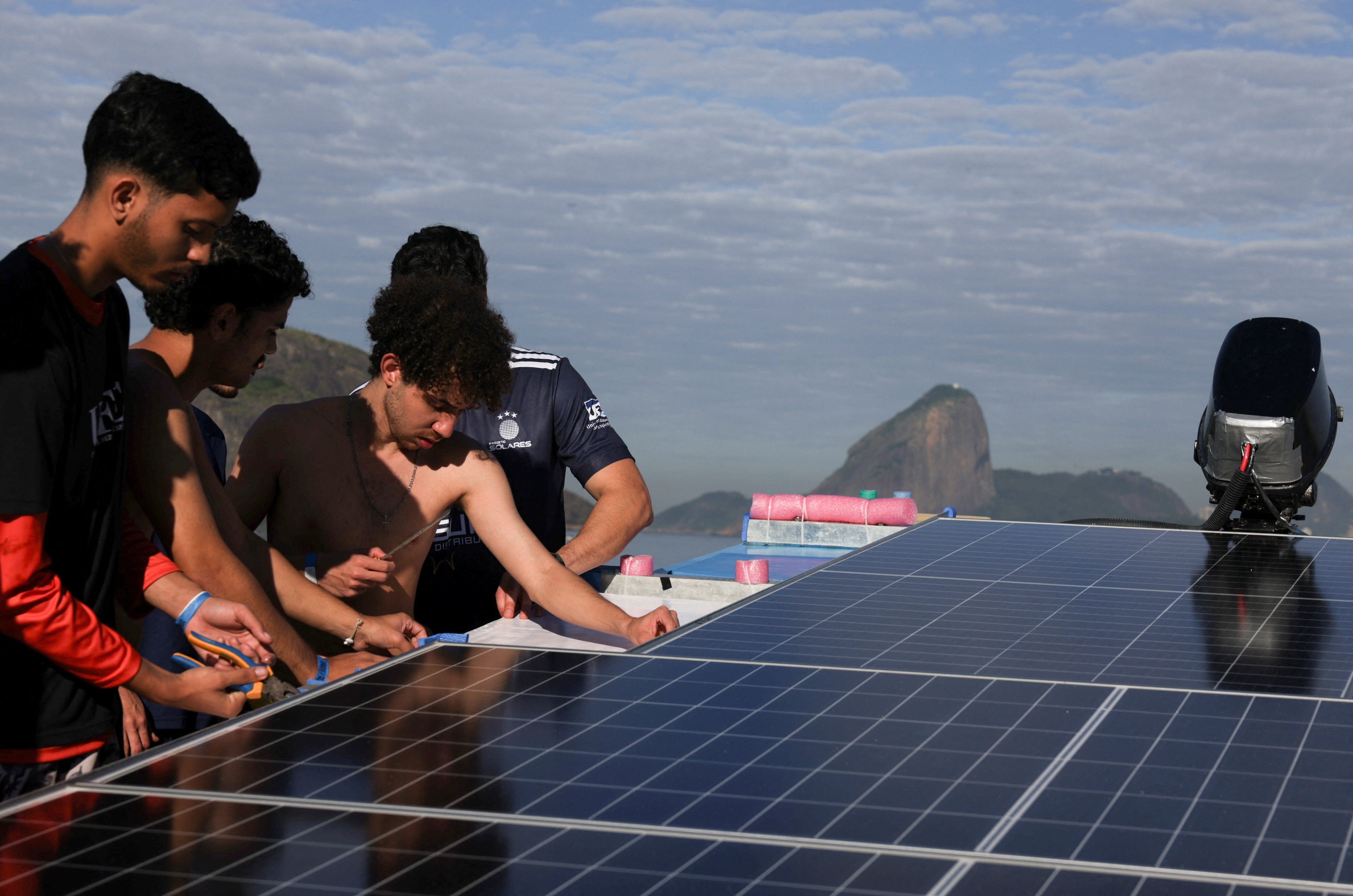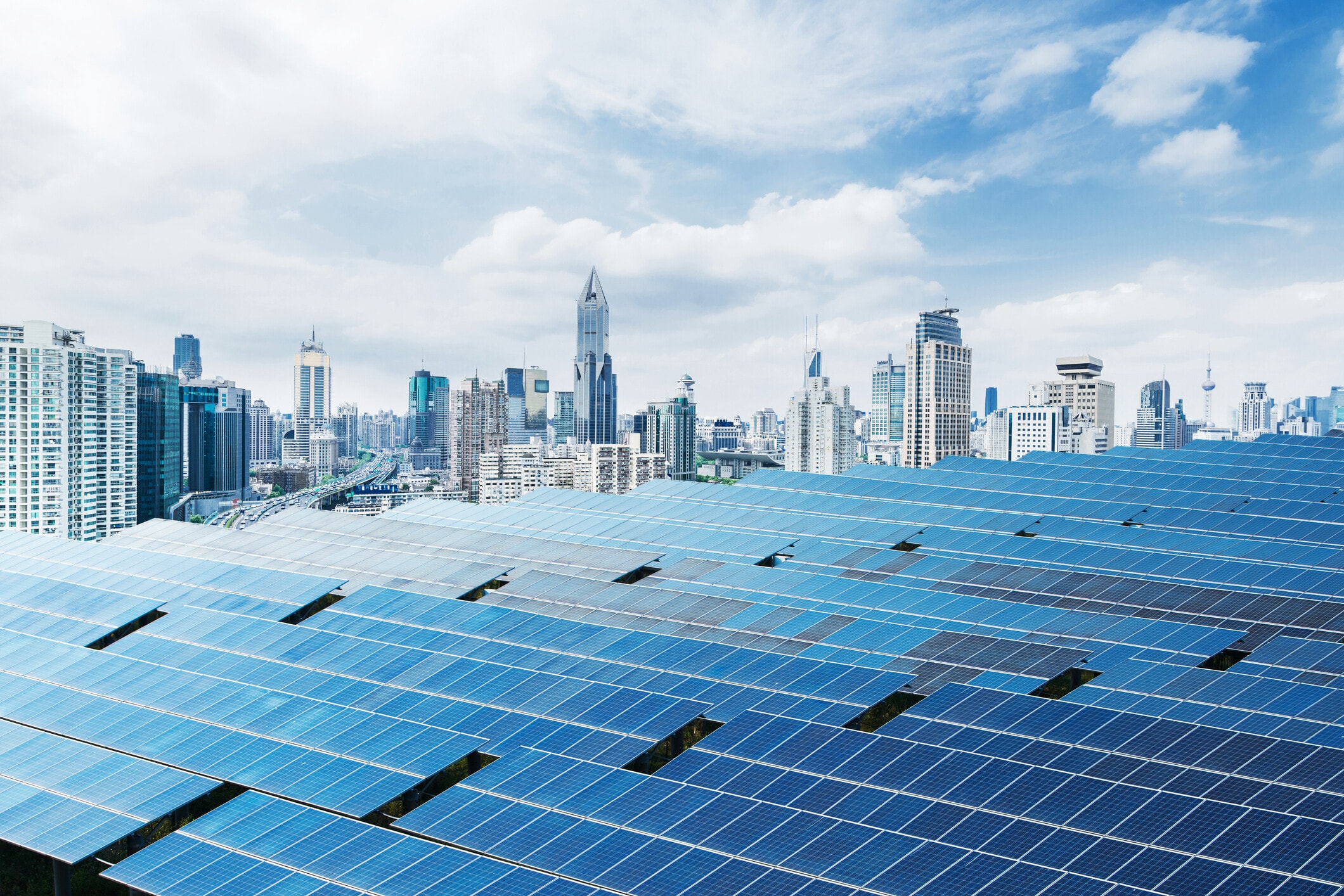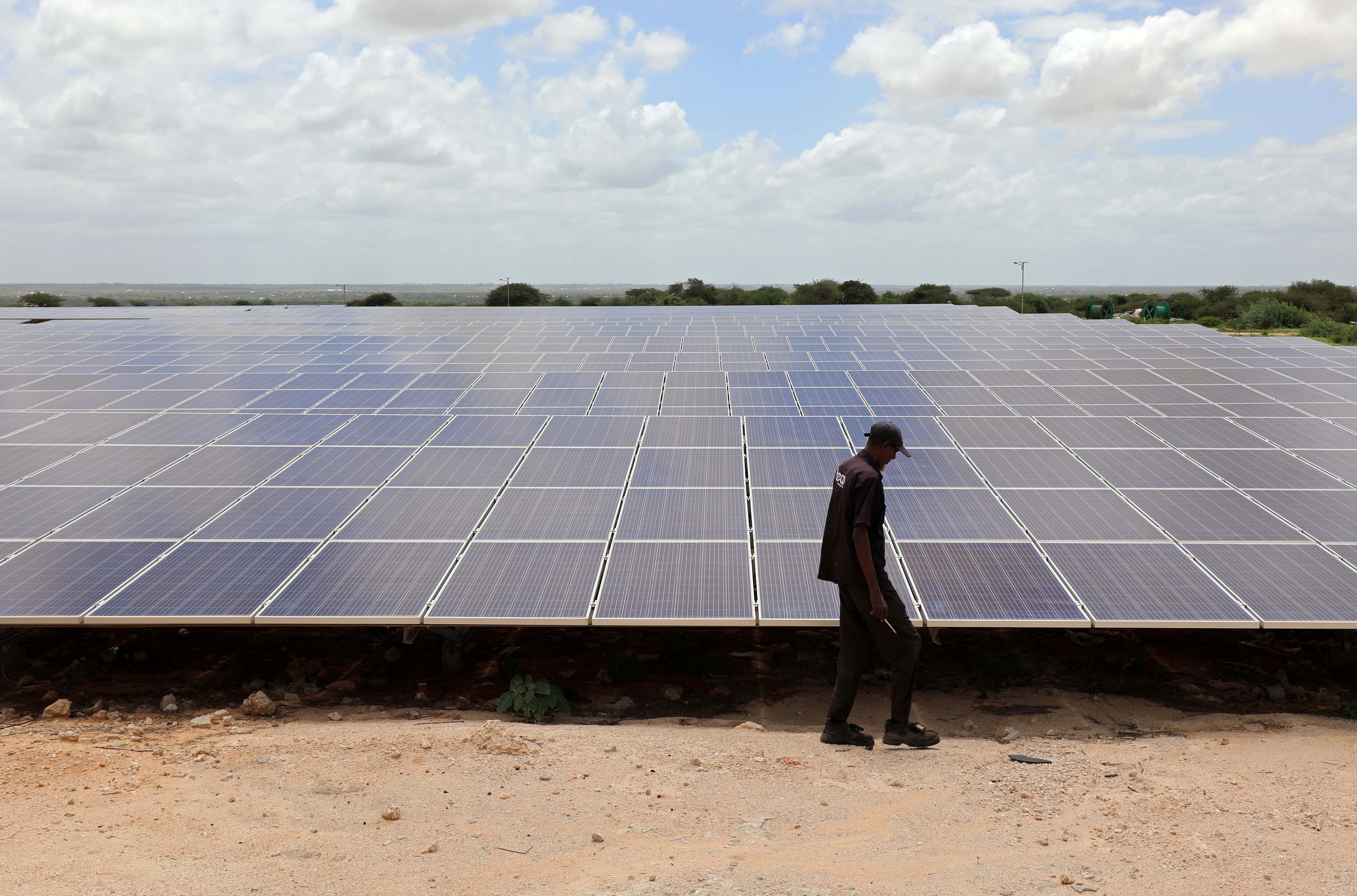A new tidal energy project just hit a major milestone in Scotland

Underwater turbines will generate energy and help to preserve Scotland's natural beauty.
Image: Unsplash/Daniil Vnoutchkov
Stay up to date:
Decarbonizing Energy
- Four underwater turbines off the north coast of Scotland generated enough energy to power nearly 4,000 homes in 2019.
- Sitting in a natural channel, they harness the energy of the changing currents and are helping build the case for tidal as the energy source of the future.
- To date, very little research has been done into the impact tidal projects have on the surrounding marine environment.
Sitting off the north coast of Scotland, on the depths of the ocean floor, a gigantic feat of engineering has just achieved a significant milestone.
MeyGen, the world’s largest tidal array, has completed the longest ever run of uninterrupted generation by a multi-megawatt tidal turbine, powering almost 4,000 homes in 2019.
The four giant turbines have now exported 24.7 gigawatt hours (GWh) of predictable renewable power to the national grid. And this is just the first phase of a project that could eventually power 175,000 homes with more than 250 submerged turbines.
The array is off the mainland of Scotland, near the uninhabited island of Stroma, in a natural channel that speeds up the tidal flow of water between the North Sea and Atlantic Ocean.
Like giant underwater windmills, the turbine rotors are driven by the fast-moving currents, which in turn drive generators that then produce electricity. They are fixed to the sea bed and connected to the grid via an armoured cable.

Awash with potential
Although tidal energy as a concept has been around for some time – the first project launched in 1966 – there has been renewed focus on its potential as an energy source. A 2016 estimate from the European Commission said wave and tidal power could account for 10% of the EU’s energy needs by 2050. And back in 2013, the UK estimated 20% of its power needs could be met by tidal.
How is the World Economic Forum facilitating the transition to clean energy?
As a green energy source, it offers a number of advantages over other renewables. It is not reliant on the sun shining or the wind blowing. And as water is far more dense than air, smaller turbines can be used to generate equivalent amounts of electricity, and they can be placed much more closely together than on land.

A power source still in its infancy
There are a number of large-scale projects in various stages across the world, including the Sihwa Lake power station in South Korea and the Jiangxia Pilot Tidal Power Plant in China. But compared to many other renewable energy sources, tidal is still in its comparative infancy.
There are also a number of questions that remain over the impact of tidal arrays and barrages on the marine environment. Initial research has looked at the impact the noise of the turbines might have on marine animals and how the flow of water might be affected, but more in-depth and up-to-date studies are needed.
Tidal energy is still quite an expensive way to generate electricity, but given the consistency it offers there is great optimism about its potential. As projects such as MeyGen increasingly come online, there has been a rise in the proportion of energy generation it accounts for. But it is still a much smaller piece of the pie than other renewable sources. The growth in the solar PV and wind power sectors outstrips tidal by some margin.
Don't miss any update on this topic
Create a free account and access your personalized content collection with our latest publications and analyses.
License and Republishing
World Economic Forum articles may be republished in accordance with the Creative Commons Attribution-NonCommercial-NoDerivatives 4.0 International Public License, and in accordance with our Terms of Use.
The views expressed in this article are those of the author alone and not the World Economic Forum.
Forum Stories newsletter
Bringing you weekly curated insights and analysis on the global issues that matter.
More on Energy TransitionSee all
Eneida Licaj and Genevieve Sherman
September 10, 2025
Thomas Kiessling
September 10, 2025
Rosa Kariger
September 8, 2025
Maciej Kolaczkowski
September 8, 2025
Mohamed Okash
September 5, 2025
Volker Sick
September 4, 2025






